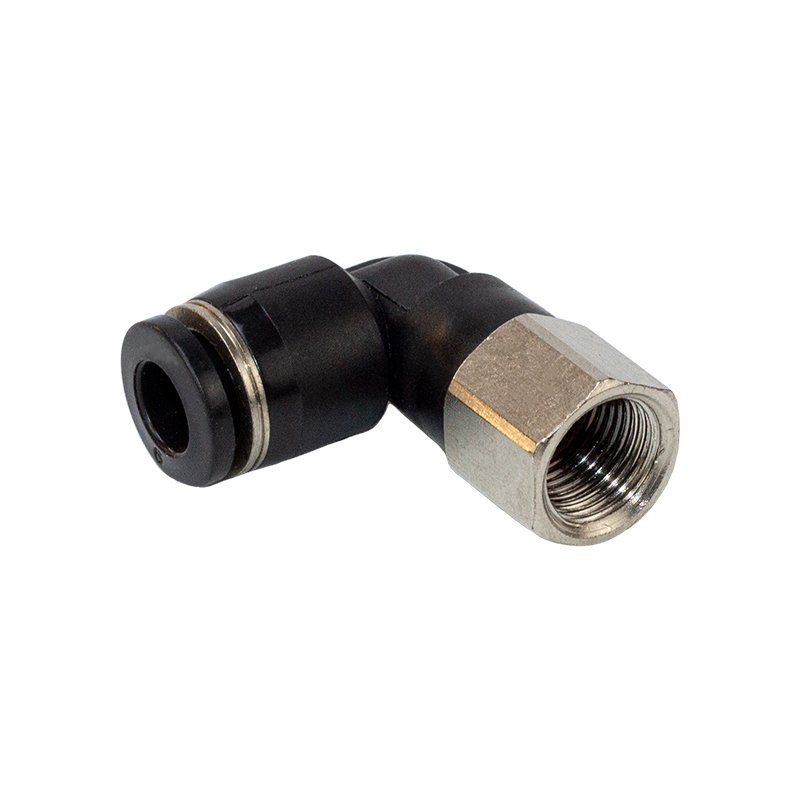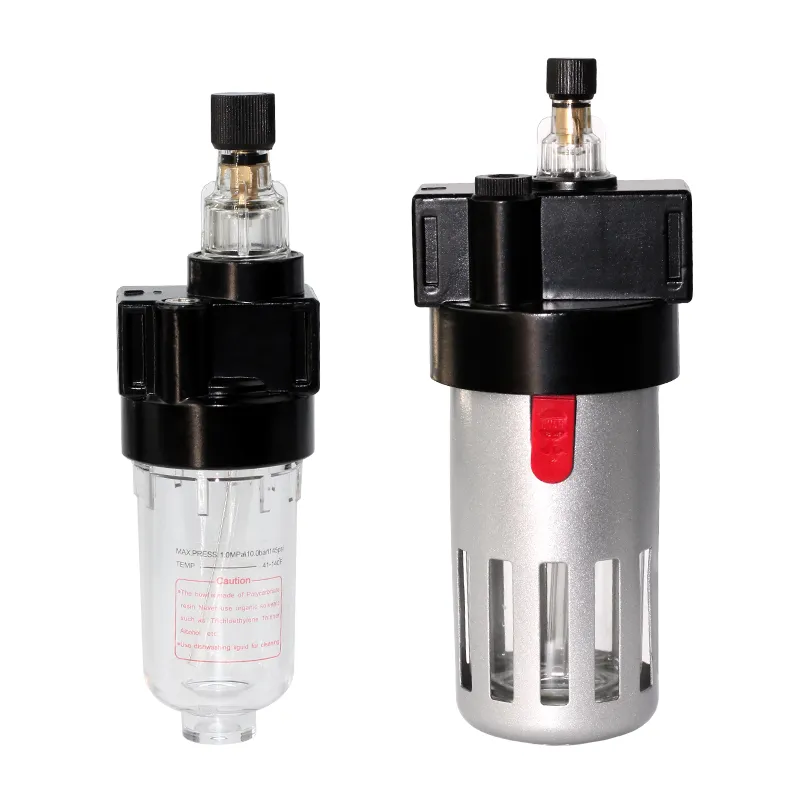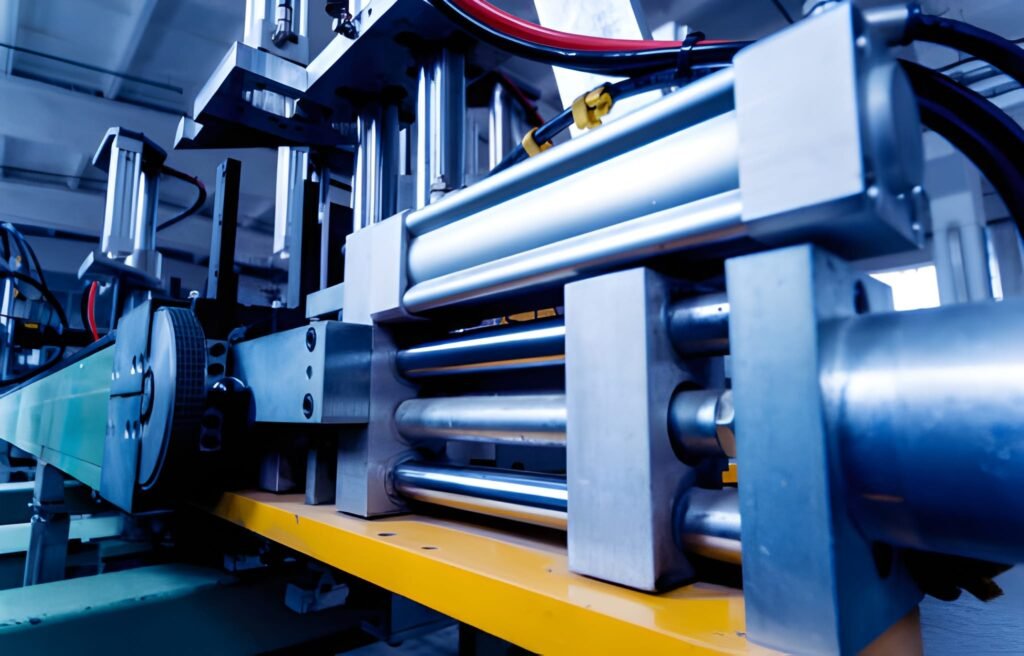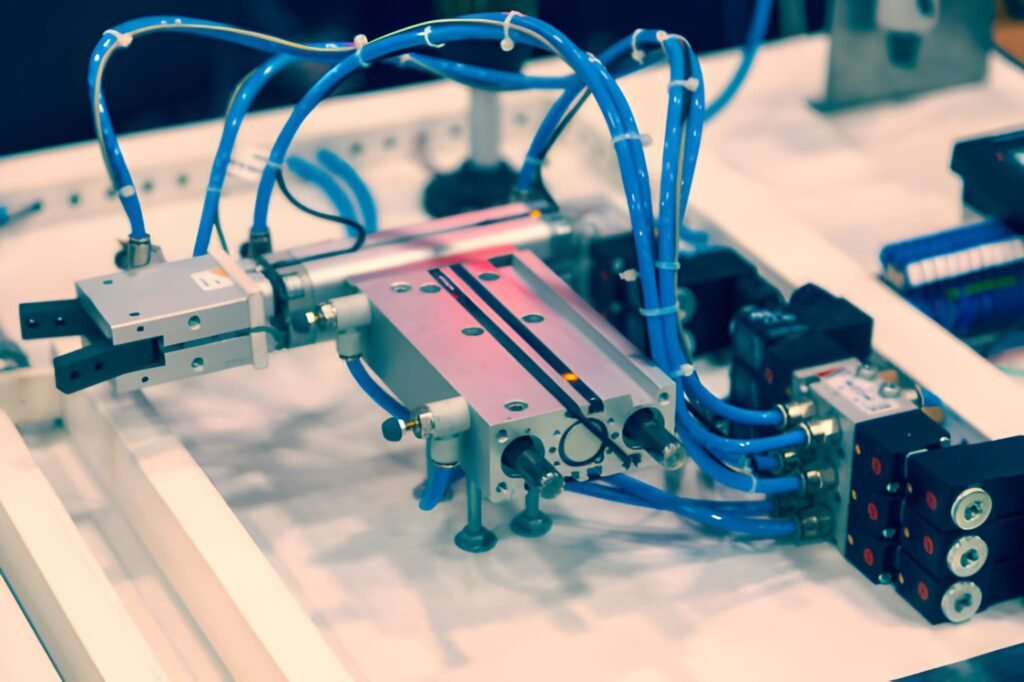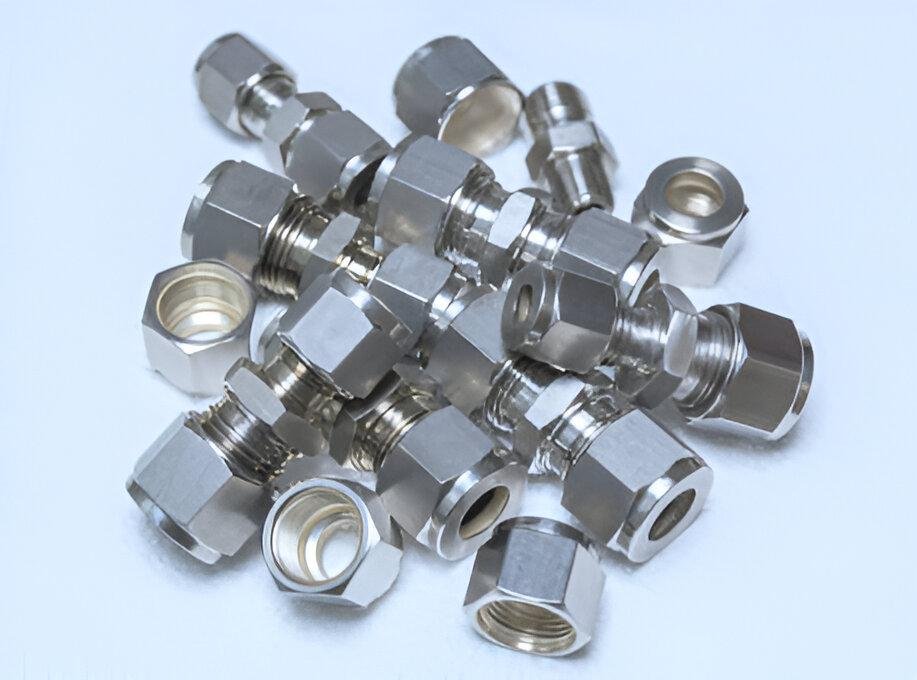Copper Barb Connector Specifications and Dimensions
Copper barb connectors are available in a variety of specifications and sizes. Common inner diameter sizes include 4mm, 6mm, 8mm, 10mm and 12mm. One end of the connector is a barb, which can be easily connected to the hose, and the other end is usually a 1/4″ or 1/2″ BSP external thread, which is used to connect vacuum equipment, valves, etc. Different barb sizes should be used with hoses of corresponding inner diameters. When choosing, in addition to matching the pipe diameter, parameters such as working pressure and medium temperature should also be considered.
How to Install a 1/4 Barb Connector
The installation of the 1/4 barb connector is relatively simple. First, insert the hose into the barb end and insert it as far as possible. Then tighten the hose with a hose clamp to ensure that it will not fall off or leak. The hose cut should be flat and free of burrs during installation. After the connector is combined with the hose, it can be screwed directly to the BSP internal thread port of the equipment. Be careful not to use excessive force when tightening to avoid damaging the threads. If better sealing performance is required, PTFE raw tape can be wrapped around the threaded connection.
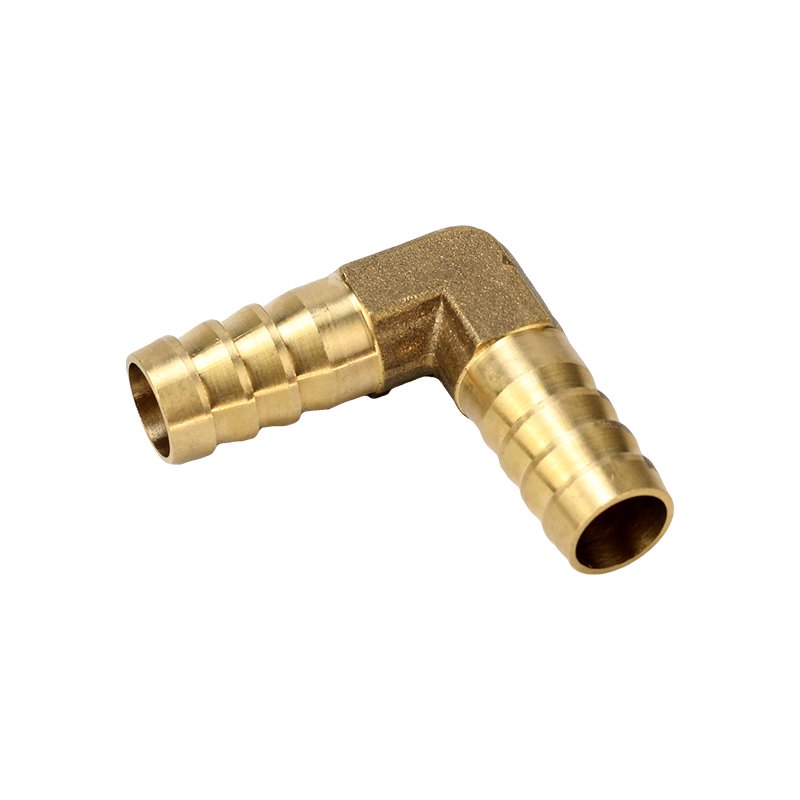
How to Install a Hose Connector
The key point of installing the hose barb connector is to put the hose firmly on the barb and tighten it with a hose clamp. The specific steps are as follows:
- Cut the hose cut flat and without burrs, otherwise it is easy to damage the barb.
- Put the hose into the barb and insert it as far as possible so that the barb is completely embedded in the hose.
- Put the hose clamp on the hose jacket at the root of the barb.
- Tighten the hose clamp with a screwdriver or special tool until the hose and the barb are tightly combined and cannot be rotated or fallen off.
- Screw the threaded end of the connector to the corresponding port, being careful not to use excessive force.
- If necessary, wrap the raw tape around the threaded connection to improve the sealing.
When installing, choose a barb size that matches the inner diameter of the hose and check whether the O-ring is in place. Do not use excessive force when inserting the hose into the barb to avoid damaging the barb.
How to Install a Marine Fuel Line Barb Connector
Marine fuel lines have high requirements for connectors, which need to be safe and reliable to prevent leakage. The steps to install the fuel line barb connector are as follows:
- Carefully check the barb connector to ensure that there is no damage and that the seals such as the O-ring are intact.
- Insert the fuel pipe into the barb to the bottom without leaving any gaps.
- Tighten the hose with a stainless steel hose clamp. The hose clamp should be clamped in the groove at the root of the barb and cannot be offset.
- Tighten the hose clamp screw with moderate force, not too loose or too tight.
- Screw the connector onto the threaded port of the fuel line, tighten and check.
- Perform an airtightness test to ensure that there is no leakage before putting it into use.
When installing, choose a connector of suitable material, usually copper or stainless steel. A small amount of grease can be applied to the connection to prevent rust. Regularly check whether the connector is loose or damaged.
How to Use a Barb Connector with PEX
PEX pipe is a commonly used water supply pipe with advantages such as corrosion resistance and high temperature resistance. The method of connecting the barb connector to the PEX pipe is as follows:
- Cut the PEX pipe cut flat and without burrs.
- If it is a cold water pipeline, put the PEX directly into the barb and insert it to the bottom. If it is a hot water pipeline, put the PEX pipe end in hot water to soften it before inserting it.
- Put a stainless steel hose clamp on the outer sleeve of the PEX pipe, and the hose clamp should be located in the groove at the root of the barb.
- Use a special PEX pipe clamp crimping pliers to tighten the hose clamp so that the PEX pipe and the barb are tightly combined.
- Screw the barb connector onto the threaded port of valves, water distributors and other equipment, tighten and check.
- Open the valve and check whether there is leakage at the joint. Ensure that there is no problem before performing insulation treatment.
When using PEX pipes, choose a special barb connector, which is usually made of copper or plastic. Do not use ordinary hose clamps, but stainless steel hose clamps dedicated to PEX. Do not use excessive force when crimping to avoid damaging the PEX pipe.

